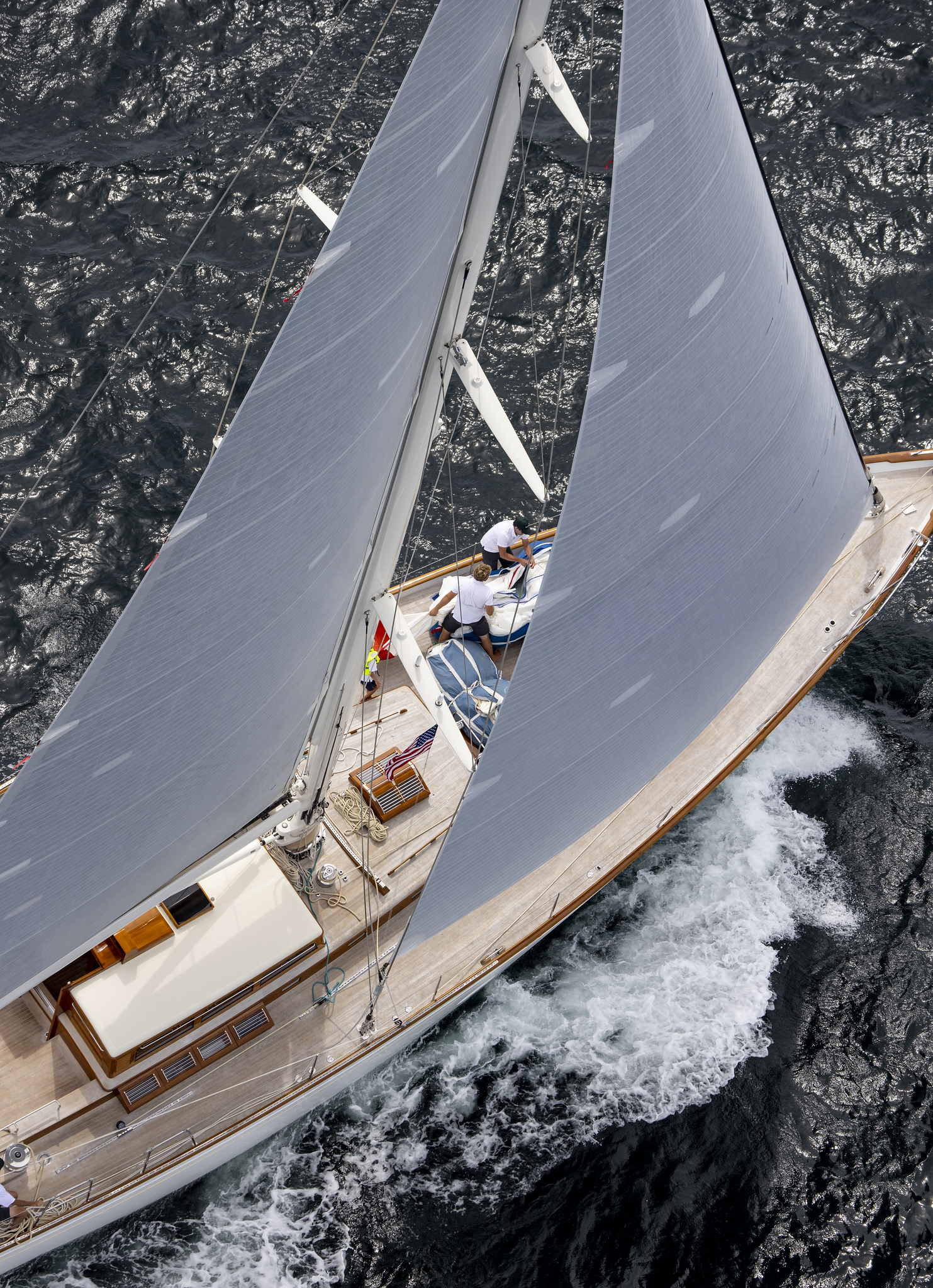More Silver for SWD Sailing Superyachts
We’re getting accustomed to reporting great results from the Superyacht circuit, thanks to the stellar performance of our 91-foot Bequia and her talented crew. This weekend upped the ante—our designs came out on top in BOTH classes of the Superyacht division at the Safe Harbor Race Weekend in Newport, RI: Bequia convincingly took class B with two bullets and a second, while our newly refit Zemphira (previously Goshawk) swept Class A with three wins. This 76-foot sloop benefited from an updated design for her keel and rudder over the previous two winters, as well as significant deck hardware upgrades and beautiful new sails. Congratulations to Zemphira, to Bequia, and to their extremely talented crews and dedicated owners.
View full results HERE
Below are some favorite photos of Zemphira and Bequia at the Safe Harbor Race Weekend August 12-14, 2022:









